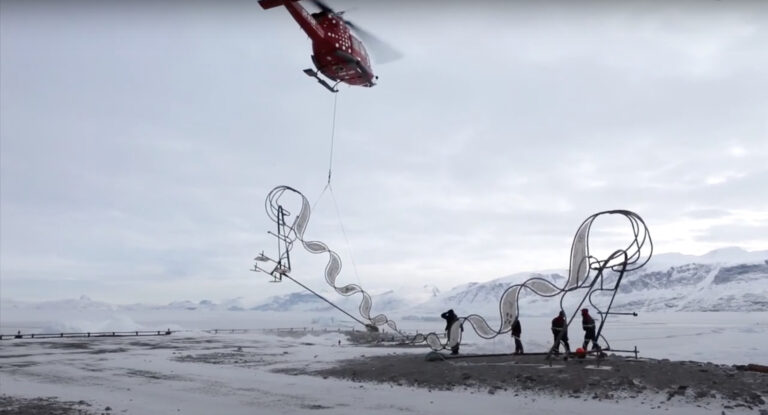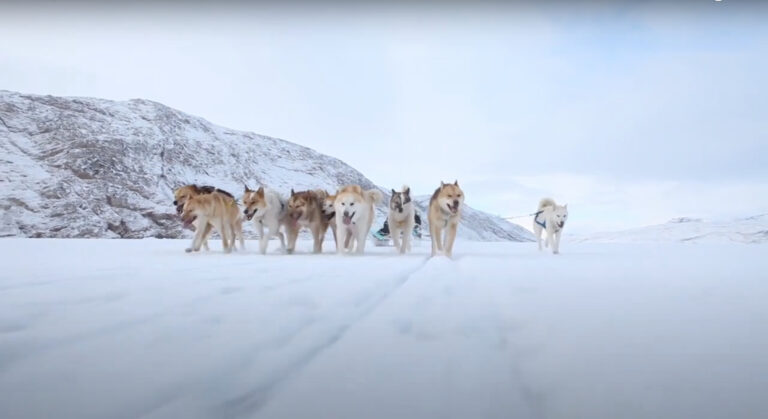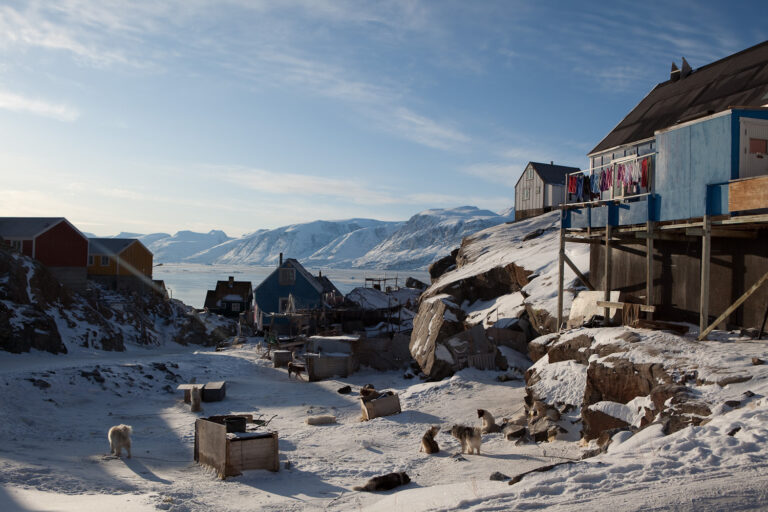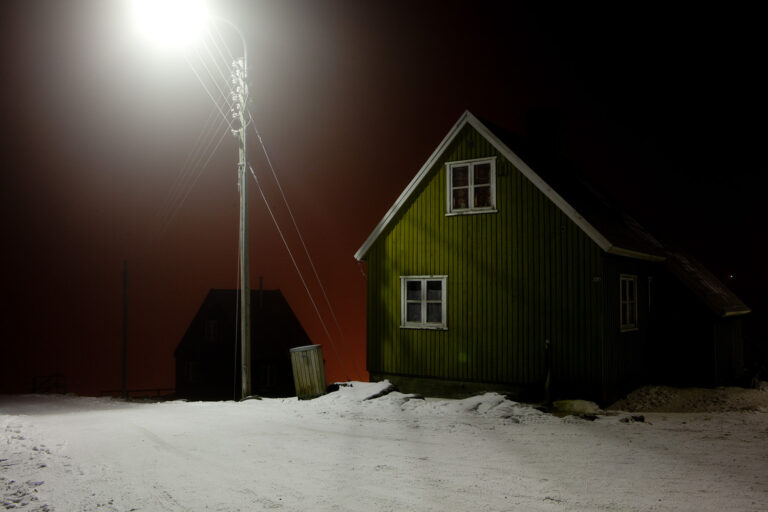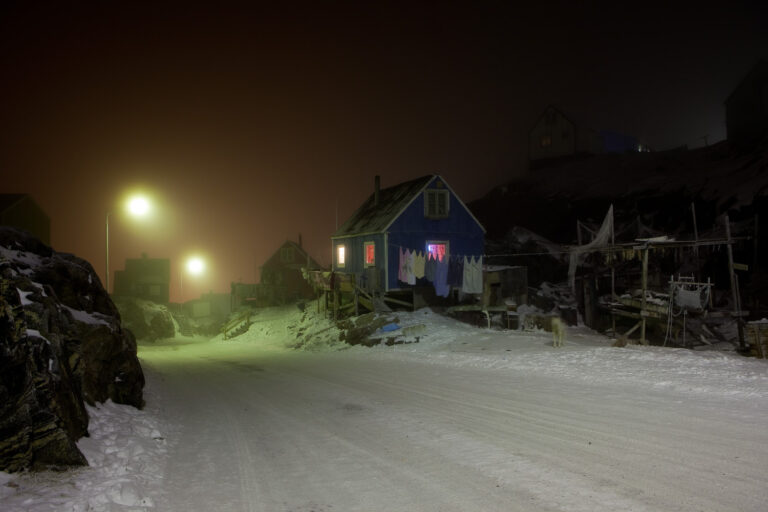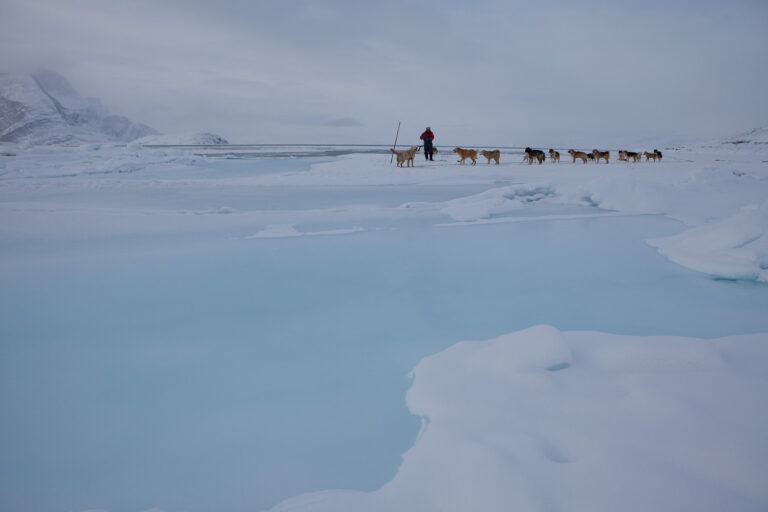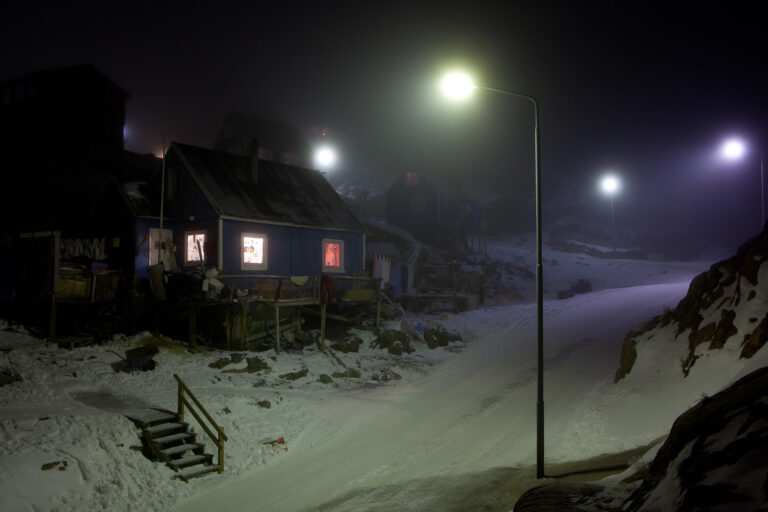IceBerg Riders - Sculpture & Documentary
art instead of science
Ap Verheggen’s project Iceberg Riders is an ambitious and captivating art project that pushes the boundaries between art,science, and adventure. Set around the small town of Uummannaq in the far north of Greenland, the project has shown the whole world how rapidly and with what impact climate change is affecting these areas inaccessible to humans: the extreme north of our planet. The success of the project was because the positive manner, contrary to the fault-finding impulses or the accusing finger. Art is a powerful tool for communicating complex ideas in a way that is accessible to a wider audience, while preserving the core of the message.


the art project
Two large sculptures were placed on an iceberg in the bay of Uummannaq, West Greenland in a creative and playful way. The ‘warm’ winters prevent the local Eskimos from travelling the sea ice on their dog sledges and hunt the animals of the Arctic. Since the 90’s the temperature of the water has risen so rapidly that the sea ice has become unreliable, if indeed it is there at all. The way out of this predicament for the local people is to find a new way of living and thus, adapt the culture that they have relied on for a long time.
To help visualise the choices and inherent dilemmas that such change will bring about, two large sculptures were built and placed on an iceberg, depicting dog sledge riders. Normally the riders decide when their journey will start and whence it will lead. For the two riders in the art project the context had changed and nature would decide the itinerary. GPS equipment attached to the sculptures allowed a world-wide audience to track the journey of the iceberg on the internet. Indeed nature did decide the itinerary, because where normally the sizeable iceberg that carried the sculptures would survive for some three or four years sailing the Baffin Sea offshore West Greenland, its journey ended surprisingly only after two months when it melted and vanished in the “warm” waters of Uummannaq bay.
Impressions of Uummannaq
